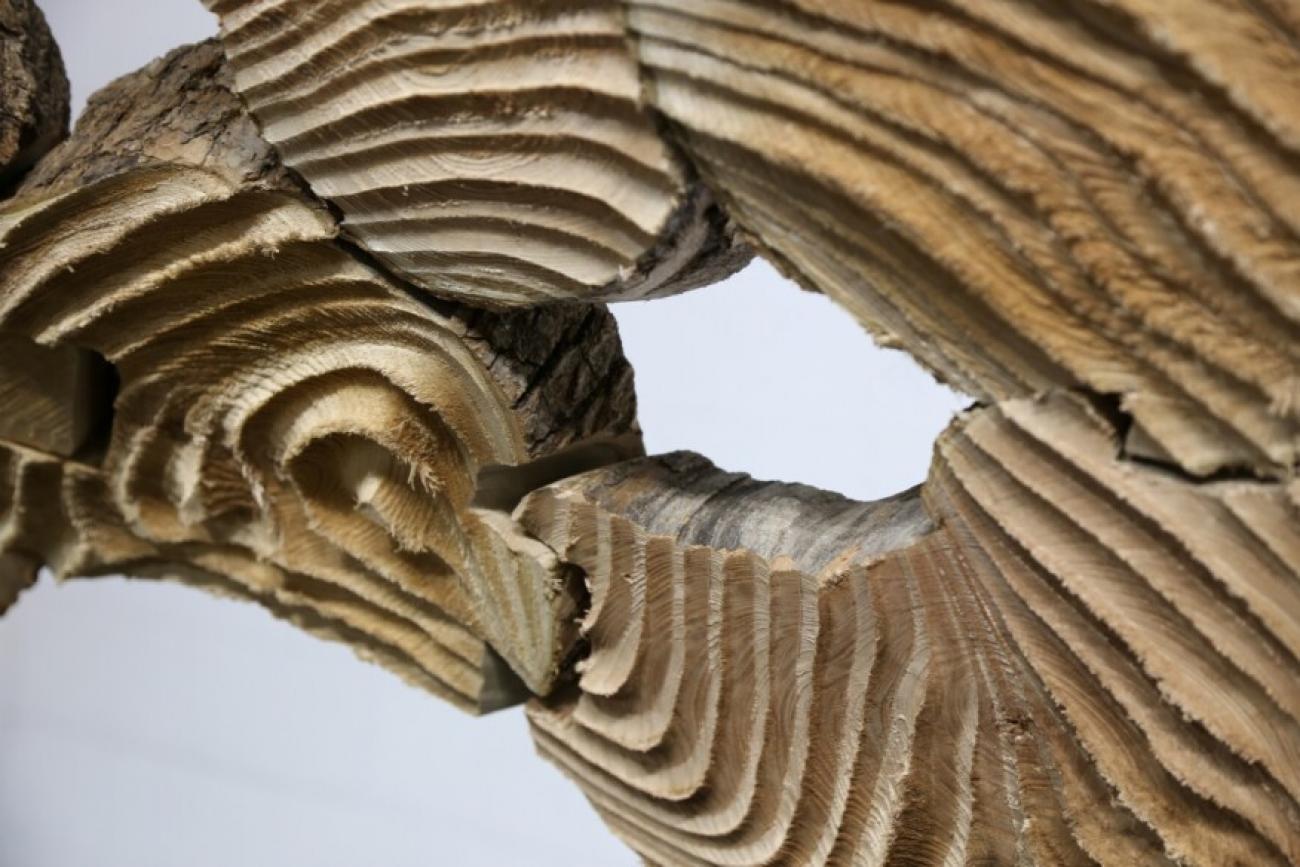
A new exhibit challenges the notion of materials as inert, commodified objects and instead reimagines them as dynamic participants in cultural, ecological, and technological processes.
The Craft Company Museum in Los Angeles is hosting Material Acts: Experimentation in Architecture and Design bringing together over 20 contemporary designers, architects, and artists, exploring the ongoing life cycles of materials—from extraction to their eventual transformation in architectural spaces. The exhibition considers materials not only as elements of construction but as systems and processes shaped by human actions and environmental interactions.
Curated by Kate Yeh Chiu and Jia Yi Gu, the exhibition is organized around five key themes: Animating, Disassembling, Feeding, Re-fusing, and Stitching. Each theme showcases innovative approaches to material experimentation, including 3D-printed adobe, bioregional materials, and environment-reactive metals. This rethinking of material use highlights designers’ responses to climate change and global sustainability challenges.
A highlight of the exhibition is the community-sourced Materials Library, a hands-on space where visitors can engage with material samples, experiments, and processes. From SCOBY (that’s Symbiotic Culture of Bacteria and Yeast) and skins to biocalcified foam, the library offers a tangible exploration of material processes and their potential to shape our environment.
The exhibition also includes special programs, such as a symposium and curator-led walkthroughs, providing deeper insights into the cutting-edge material technologies on display.
Supported by The Getty Foundation and other partners, Material Acts is part of the larger Pacific Standard Time series featuring over 70 exhibitions exploring the intersections of art and science.
LOCATION: 5814 Wilshire Blvd., Los Angeles
ADMISSION: $9 for adults; $7 for students, teachers, seniors; free for Craft Contemporary members; FREE admission every Sunday
DATE: Sept. 28 through Jan. 5, 2025,
HOURS: Tuesday - Sunday, 11 am to 5 pm
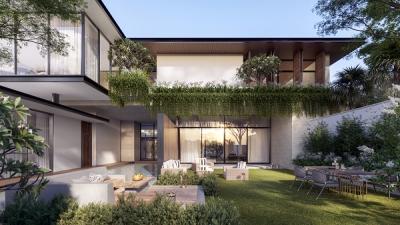
The News 10/11/2025
In the midst of the hustle and bustle of urban life, many Vietnamese families are looking for a different living space – where they can enjoy modernity without being far from nature. Tropical Modern villa architecture is the perfect answer to this need. Not only an aesthetic trend, this is also a smart design philosophy, harmoniously combining technology, local materials and Vietnam's typical tropical climate.
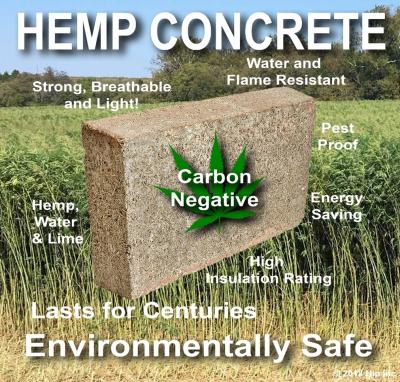
The News 25/10/2025
Hemp-lime (hempcrete) is a non-load-bearing covering material consisting of a hemp wood core (hemp shiv/hurd) combined with a lime-based adhesive, outstanding for its insulation – moisture conditioning – indoor environmental durability; in particular, IRC 2024 – Appendix BL has established a normative line applicable to low-rise housing, strengthening the technical-legal feasibility of this biomaterial.
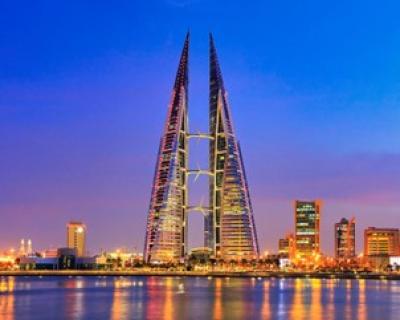
The News 11/10/2025
Amid rapid urbanization and global climate change, architecture is not only construction but also the art of harmonizing people, the environment, and technology. The Bahrain World Trade Center (BWTC)—the iconic twin towers in Manama, Bahrain—is a vivid testament to this fusion. Completed in 2008, BWTC is not only the tallest building in Bahrain (240 meters) but also the first building in the world to integrate wind turbines into its primary structure, supplying renewable energy to itself [1]. This article explores the BWTC’s structural system and design principles, examining how it overcomes the challenges of a desert environment to become a convincing sustainable model for future cities. Through an academic lens, we will see that BWTC is not merely a building but a declaration of architectural creativity.
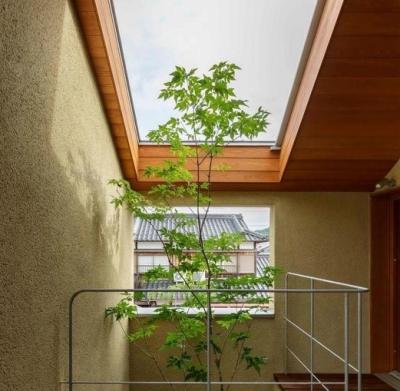
The News 04/10/2025
As buildings move toward net zero architecture and glare free daylighting, traditional glass façades reveal limitations: high thermal conductivity (~0.9–1.0 W/m·K), susceptibility to glare, and shattering on impact. In this context, transparent wood (TW) is emerging as a multifunctional bio based material: it offers high light transmission yet strong diffusion (high haze) to prevent glare, lower thermal conductivity than glass, and tough, non shattering failure. Recent reviews in Energy & Buildings (2025) and Cellulose (2023) regard TW as a candidate for next generation windows and skylights in energy efficient buildings. [1]
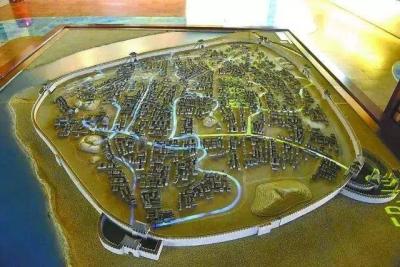
The News 27/09/2025
Urban flooding is one of the greatest challenges of the modern era, when sudden and unpredictable rainstorms can paralyze entire cities. Few would imagine that over a thousand years ago, people had already discovered a sustainable solution: the Fushougou drainage system in the ancient city of Ganzhou, Jiangxi. Built during the Northern Song dynasty, this project remains effective to this day, protecting the city from floods—even during historic deluges. The story of Fushougou is not only a testament to ancient engineering but also a valuable reference for today’s cities seeking answers to water and flooding problems.
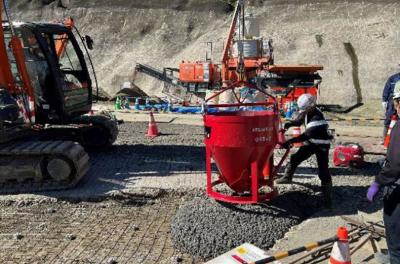
The News 20/09/2025
The construction industry is currently facing immense pressure to reduce carbon emissions, as concrete is not only one of the most widely used materials but also a major source of CO₂ due to its reliance on Portland cement. In response, Shimizu Corporation has conducted extensive research to develop sustainable material solutions aimed at achieving carbon neutrality. One of the most remarkable outcomes is carbon-negative concrete, which partially replaces cement and aggregates with biochar. This biochar is produced from sawdust through a carbonization process and has the unique ability to retain a significant amount of carbon that would otherwise be released into the atmosphere through natural decomposition or combustion. Thanks to this property, carbon-negative concrete not only maintains the necessary mechanical strength for construction but also directly contributes to reducing greenhouse gas emissions. This innovation is considered a promising step that opens new directions for the advancement of green construction in Japan and worldwide.